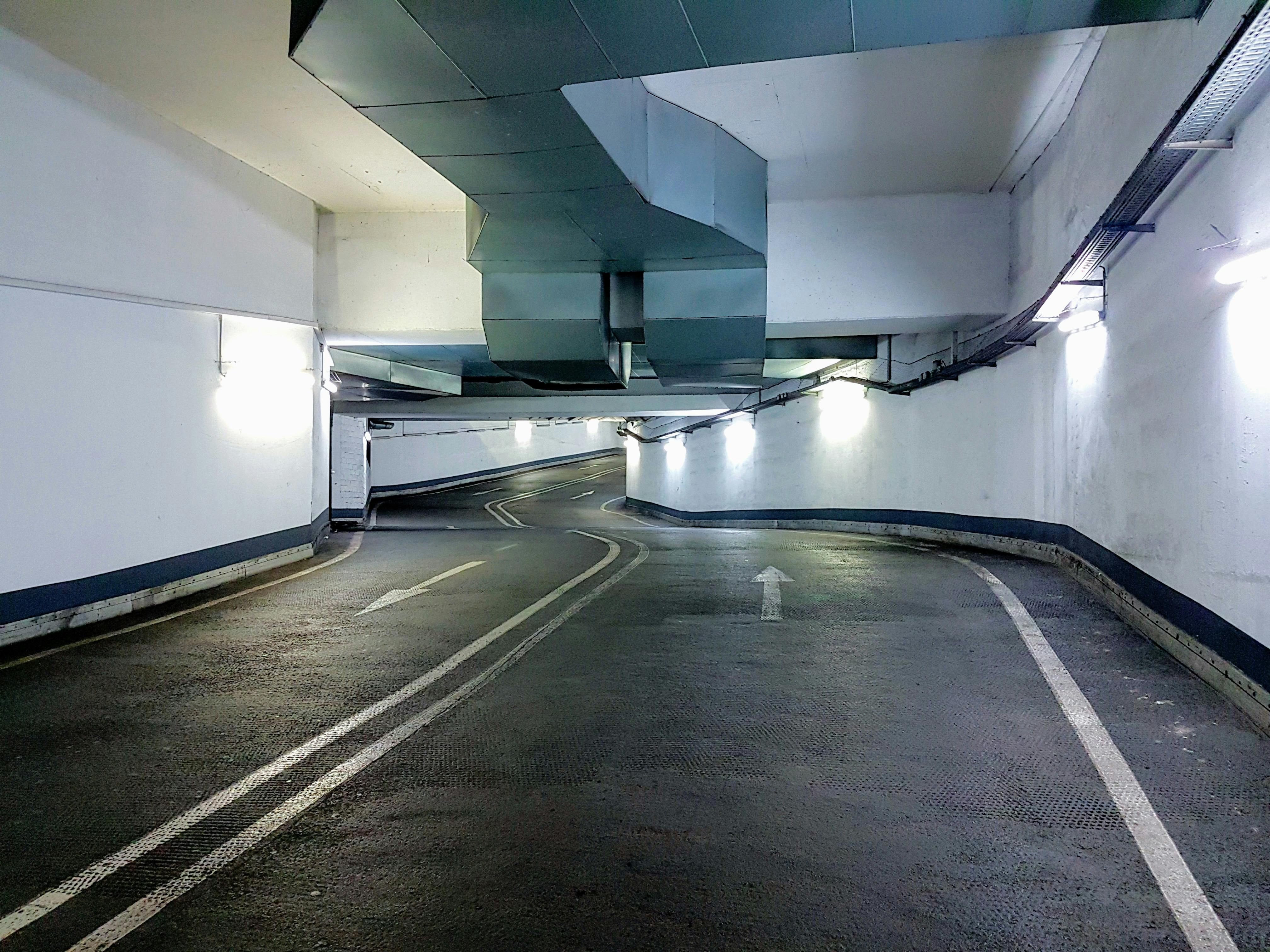Newton’s laws apply directly to the function of a whip, or any whip for that matter.

Newton’s First Law Any object in a state of uniform motion tends to remain in that state of motion unless an external force is applied to it. This we recognize as essentially Galileo’s concept of inertia, and this is often simply referred to as the “Law of Inertia”.
Newton’s Second Law The relationship between the mass m of an object, its acceleration a, and the applied force F is F = ma. Acceleration and force are vectors in this law, the direction of the force vector is the same as the direction of the acceleration vector. This is the most powerful of Newton’s three Laws, because it allows quantitative calculations of dynamics: how speeds change when forces are applied. According to Newton, a force causes only a change of velocity (an acceleration); does not maintain speed. This is sometimes summed up by saying that under Newton, F = ma. According to Newton, an object with a certain velocity maintains that velocity unless a force acts on it to cause an acceleration (ie, a change in velocity). Or in the case of a whip, the mass decreases.
Newton’s Third Law For every action there is an equal and opposite reaction. I think this is probably self explanatory.
Now, if we add Galileo’s findings on inertia (see below), we have a complete real-world explanation of a whip’s action. Galileo’s concept of inertia: an object in a state of motion has an “inertia” that makes it remain in that state of motion unless an external force acts on it. To reach this conclusion, which will be the cornerstone of Newton’s Laws of Motion (indeed, it will become Newton’s First Law of Motion), Galileo had to abstract from what he and everyone else saw. Most objects in a state of motion do NOT stay in that state of motion. For example, a block of wood pushed at a constant speed across a table quickly comes to a stop when we stop pushing. Galileo, by virtue of a series of experiments (many involving objects sliding down inclined planes), realized that it must have correctly account for a hidden force: the force of friction between the surface and the object. Thus, when we push the block of wood across the table, there are two opposing forces acting: the force associated with pushing, and a force that is associated with friction and acting in the opposite direction. (In the case of a whip, this would be air friction and the inherent resistance of the whip material.) Galileo realized that as the forces of friction decreased (for example, by placing oil on the table or in the case of a whip the mass is reduced) the object would move more and more before coming to a stop. From this he derived a basic form of the law of inertia: if the forces of friction can be reduced to exactly zero (such as reducing the mass and diameter of the whip to near zero), an object pushed at constant velocity across a surface frictionless of infinity will continue at that speed forever after we stop pushing, unless a new force acts on it at a later time. Here the new force would be your hand holding the end of the whip or gravity.
I hope this helps to understand the physics of the whip.